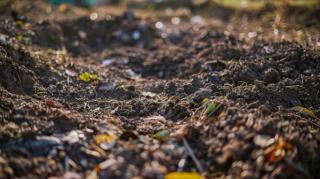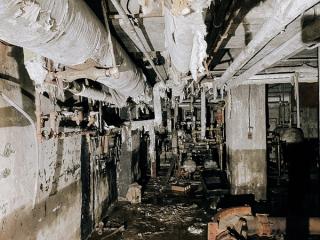
Managing an Unexpected Discovery of Highly Contaminated Soil
- Client Name
- Bloxam Burnett & Olliver (BBO)
- Location
- Hamilton, New Zealand

Challenge
During the construction of the Hamilton Ring Road at the Cobham Drive interchange, the construction team unexpectedly discovered small arms ammunition mixed with highly contaminated soil at a former Colonial Arms Company Dump Site. Due to the potential risk to construction workers and the dump site’s location being in an area of key earthworks, the client required an urgent investigation before any further construction work could continue.
Solution
4Sight (now SLR) provided technical contaminated land advice and support, and designed and led the investigation and remedial process from 2018 to 2020.
Initial site investigations were also conducted to support the resource consent process for the Hamilton Ring Road construction. These investigations identified the potential for a range of contaminants to be present, including small arms ammunition associated with a former armoury, with all work proceeding under a Suitably Qualified and Experienced Practitioner (SQEP).
During the earthworks, a small arms ammunition dump was identified. On further investigation, soils and fill material at this location were also found to contain highly elevated levels of asbestos and heavy metals, which had the potential to present a risk to human health and/or environmental receptors.
The project team were involved in addressing multiple issues associated with the soil contamination identified, including ordinance, asbestos and the treatment of heavy metal impacted soils prior to disposal, as well as ensuring a safe approach to both investigation work and remedial activities. This required close liaison with a range of specialists and stakeholders, including ordinance specialists, NZ Police, local and regional council, and contractors.
Impact
The remedial approach involved the consideration of sustainability alongside practical considerations. The majority of contaminated soil and ordinance was removed under the direction of both ordinance specialists and Class A asbestos removalists, and this was followed by the implementation of long-term controls to manage contaminants remaining at depth (placement of geosynthetic clay liner and geofabric warning layer, prior to placement of clean cover). Remediation was conducted safely and successfully with a focus on managing risk while minimising soil removal off site. There were no health and safety incidents, and the remaining soils were considered highly unlikely to present a risk to human health or the environment following the remediation.

